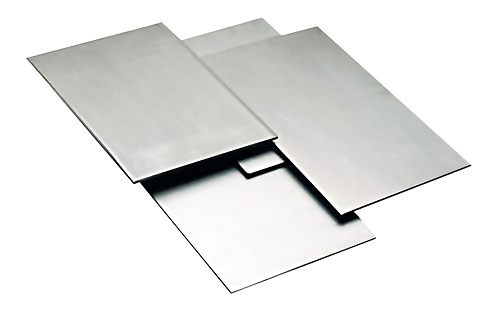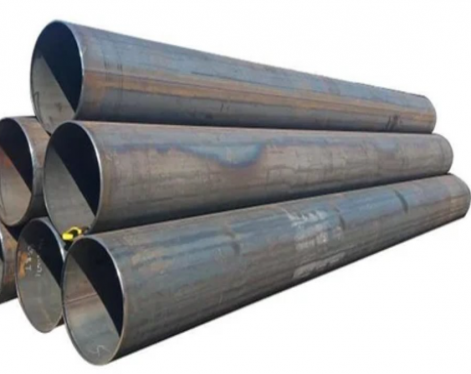The surface of stainless steel plates is smooth, with good plasticity, toughness and mechanical strength, and it can also resist corrosion from acid, alkaline gases or solutions. It is already a widely used metal material in modern life. Stainless steel plates are often used in decoration and landscape projects such as hotels and supermarkets. So what should we pay attention to when customizing, wholesale or purchasing stainless steel plates?
The commonly used materials for stainless steel plates on the market are 201, 304, 316 and other models; the prices of each model vary greatly, and the price of 201 material is the most economical, but its corrosion resistance is relatively poor, suitable for use in relatively dry places where it is not easy to contact corrosive items. At the same time, through the vacuum ion plating coloring process, the surface of the stainless steel plate can have many rich colors, and the color will not fall off or rust, and the anti-fracture and corrosion resistance of the stainless steel plate itself will be enhanced. This effect cannot be replaced by other processes such as water plating and spray painting.

Stainless steel plate manufacturers will produce samples of various specifications for customers to check, test and compare to see if there are color differences, scratches, sand holes, peeling water marks and other problems. If there is no problem with the sample, then you can place an order with confidence.
Standard stainless steel plate sizes generally refer to thickness, width and length. The thickness ranges from 0.1mm to 100mm, the width generally ranges from 1000mm-2000mm, and the length generally ranges from 2000mm-6000mm.
The thickness of stainless steel plates is a very important parameter because it directly affects the strength and corrosion resistance of stainless steel plates. Generally speaking, the greater the thickness, the higher the strength, and the cost also increases due to the increased weight. Even if there is only a difference of 0.1mm, the weight will vary greatly, and the cost will also change if the weight is different. Therefore, the thickness should be selected according to the use environment and the cost of use.
The width and length of the stainless steel plate are also parameters that must be considered. The larger the width and length, the wider the range of use. The width of the standard plate on the market is generally 1000mm, 1200mm, and 1500mm, and the length is generally 2000mm, 2400mm, 3000mm, and 6000mm. It can also be processed by laser cutting to the size required by the user. If the size required for the use scenario exceeds the size of the stainless steel plate, you can also choose to weld the corresponding size plate cut by calculation. The width and length determine the difficulty of subsequent processing. For example, a 9000mm plate will cost more than a standard size plate in the process of shipping and transportation because the length exceeds the standard.
Signing a contract is very important. In order to avoid unnecessary troubles later, both parties need to clearly express their requirements when signing the contract, and the content of the contract must be agreed upon, such as stainless steel material, specifications and shape, product quantity, customization requirements, packaging method, fees, delivery time, payment method, etc.
1. Determine the material
The commonly used materials for stainless steel plates on the market are 201, 304, 316 and other models; the prices of each model vary greatly, and the price of 201 material is the most economical, but its corrosion resistance is relatively poor, suitable for use in relatively dry places where it is not easy to contact corrosive items. At the same time, through the vacuum ion plating coloring process, the surface of the stainless steel plate can have many rich colors, and the color will not fall off or rust, and the anti-fracture and corrosion resistance of the stainless steel plate itself will be enhanced. This effect cannot be replaced by other processes such as water plating and spray painting.
2. Understand the needs
Before purchasing stainless steel plates, you need to understand the specific use requirements of stainless steel plates in order to obtain the corresponding customization or wholesale fees. For example: what material does the stainless steel plate need, what are the specifications, what is the shape, what is the application scenario, whether surface treatment is required, and if you want to customize the patterned plate, you also need to specify which pattern to customize.Stainless steel plate manufacturers will produce samples of various specifications for customers to check, test and compare to see if there are color differences, scratches, sand holes, peeling water marks and other problems. If there is no problem with the sample, then you can place an order with confidence.
3. Determine the size
The size, thickness, width and length of stainless steel plates are all parameters that need to be considered. Choose the appropriate size according to the usage scenario and cost.Standard stainless steel plate sizes generally refer to thickness, width and length. The thickness ranges from 0.1mm to 100mm, the width generally ranges from 1000mm-2000mm, and the length generally ranges from 2000mm-6000mm.
The thickness of stainless steel plates is a very important parameter because it directly affects the strength and corrosion resistance of stainless steel plates. Generally speaking, the greater the thickness, the higher the strength, and the cost also increases due to the increased weight. Even if there is only a difference of 0.1mm, the weight will vary greatly, and the cost will also change if the weight is different. Therefore, the thickness should be selected according to the use environment and the cost of use.
The width and length of the stainless steel plate are also parameters that must be considered. The larger the width and length, the wider the range of use. The width of the standard plate on the market is generally 1000mm, 1200mm, and 1500mm, and the length is generally 2000mm, 2400mm, 3000mm, and 6000mm. It can also be processed by laser cutting to the size required by the user. If the size required for the use scenario exceeds the size of the stainless steel plate, you can also choose to weld the corresponding size plate cut by calculation. The width and length determine the difficulty of subsequent processing. For example, a 9000mm plate will cost more than a standard size plate in the process of shipping and transportation because the length exceeds the standard.









